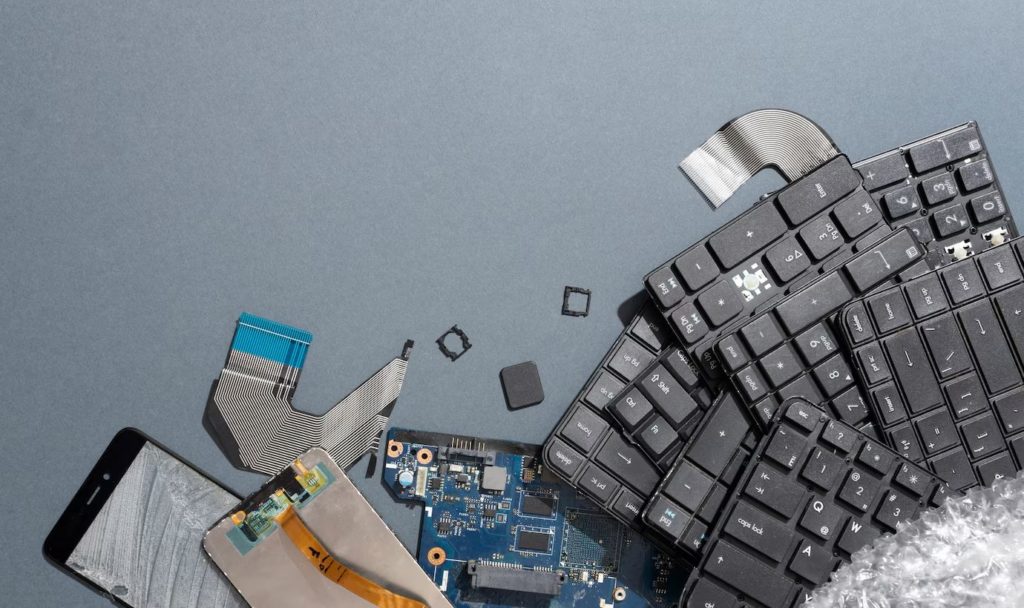Location
1120 Holland Drive #13 Boca Raton, FL 33487
Contact info
info@sustainableitad.com
(561) 591-3476
Location
1120 Holland Drive #13 Boca Raton, FL 33487
Contact info
info@sustainableitad.com
(561) 591-3476
Lifecycle management of IT assets for enterprise-level companies involves a systematic approach to acquiring, utilizing, maintaining, and eventually reusing or retiring technology resources. Sustainable ITAD will explore the complementary relationship between IT Asset Management (ITAM) and IT Asset Disposition (ITAD) programs and how their collaboration is instrumental in optimizing the entire lifecycle of IT assets.

Before diving into the collaboration between ITAM and ITAD, let’s briefly outline the IT asset lifecycle:
Procurement: The acquisition of IT assets.
Utilization: Putting assets into use to achieve business objectives.
Maintenance and Upkeep: Ensuring assets operate efficiently and safely.
Decommissioning: Identifying assets that have reached the end of their useful life within your environment.
Disposition: The process of removing IT assets from your live environment and reusing, redeploying, or recycling IT assets. We at Sustainable ITAD will do the disposition work for you.
ITAM starts by tracking and documenting every IT asset acquired
ITAM ensures that the asset information is current and accurate. This data is essential for internal accounting and when planning for asset retirement in the ITAD process.
Disciplined ITAM companies identify and track data containing assets. This identification process is crucial for data security.
ITAD takes over during decommissioning and disposal, focusing on safely erasing, or destroying data to reduce the risk of data leaks.
ITAM helps organizations make informed decisions about asset lifecycle management, considering factors such as maintenance costs and asset performance.
The ITAD process determines the value of retired assets and decides whether products will be remarketed, redeployed, reused, or securely disposed of. This collaboration ensures cost-efficiency throughout the asset’s lifespan.
ITAM companies systematically track IT assets throughout their lifecycle, providing an audit trail that demonstrates the secure destruction of all digital data during the ITAD process.
Building on this compliant tracking, ITAD companies such as Sustainable ITAD see to it the responsible disposal of retired assets per environmental and data protection laws.
ITAM focuses on tracking the environmental impact of assets from procurement to disposal.
Leveraging this information, ITAD makes eco-friendly choices during asset disposal, prioritizing reuse over recycling and ensuring sustainable and responsible electronic waste management when handling recycled assets.
Both programs do not operate in isolation; they are structured to manage IT assets holistically. Their integration ensures efficient, secure, and responsible asset management from acquisition to disposal. By managing these programs together, organizations can maximize IT investment value while minimizing risks and environmental impact.